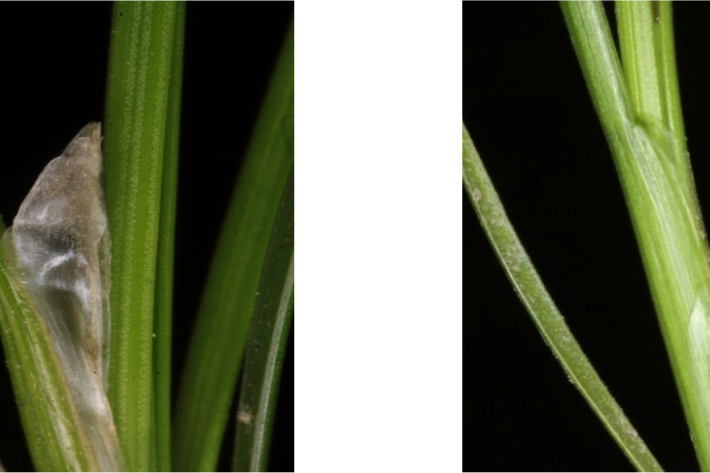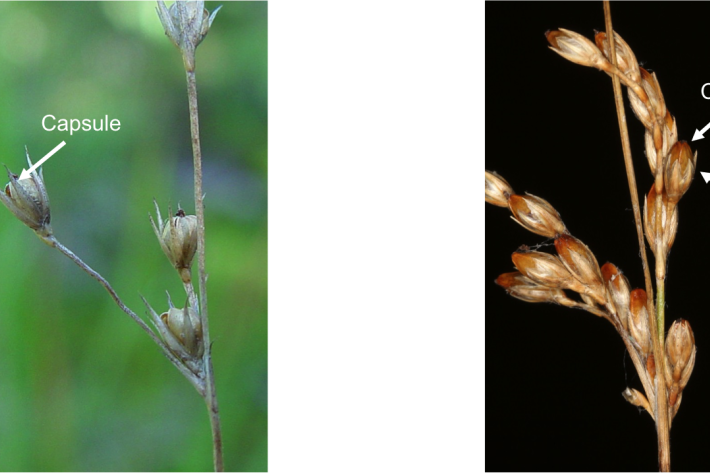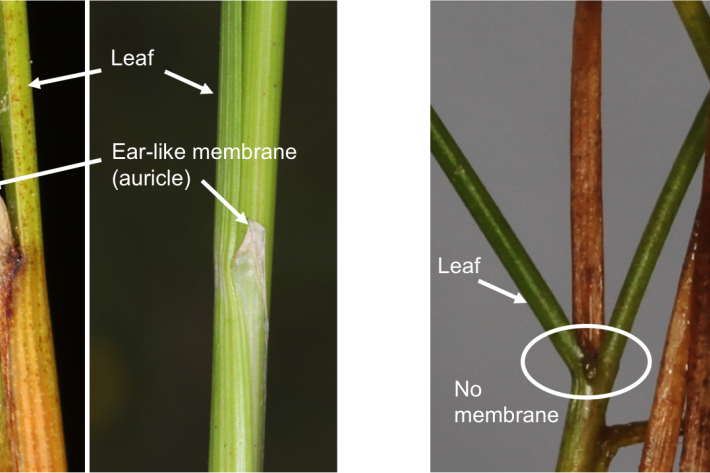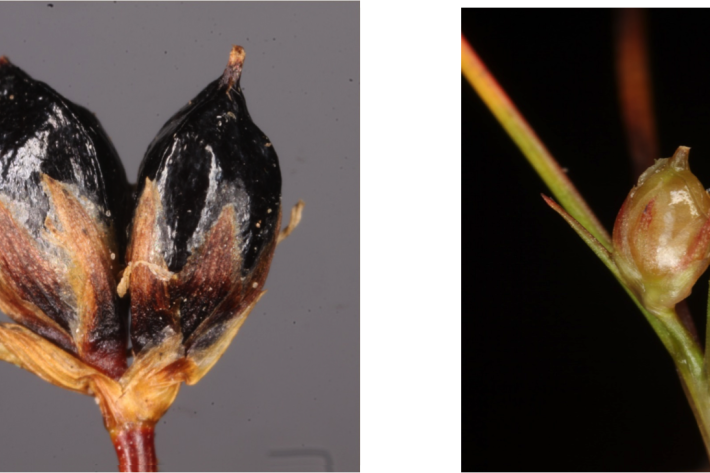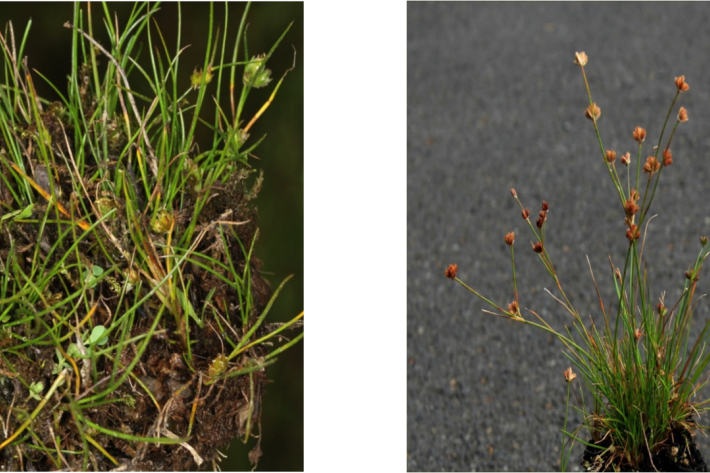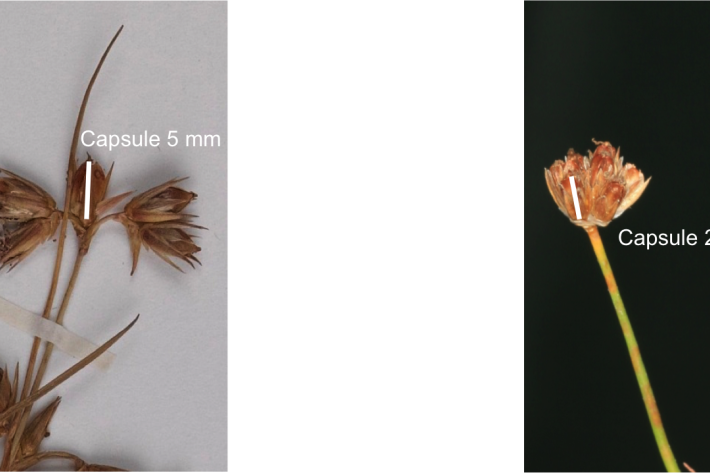Rushes (family Juncaceae) are a common component of New Zealand wetland vegetation and species within this family appear very similar.
With over 50 species, Juncus are the largest component of the New Zealand rushes and are notoriously difficult for amateurs and professionals alike to identify to species level.
This field identification guide and accompanying factsheets have been developed to enable users with a diverse range of botanical expertise to identify Juncus to species level. The best time for collection, survey or identification is usually from December to April as mature fruiting material is required to distinguish between species. Factsheets (hyperlinked and available below) developed for each species provide more detailed information on descriptions for both native and exotic species, distribution within New Zealand, habitat, similar species and photographs of key features.
Using this guide
In preparing this field identification guide and factsheets we have used everyday language and have kept botanical terms to a minimum. Any technical terms have an alternative, plain English, wording and are identified on accompanying photographs or images. Each step of this key involves two choices, each described and illustrated with image(s) of the characteristic in question. It is therefore important to have mature, fruiting material to use this key.
With your specimen in hand, start at the top left image in this gallery. On each following page, our interactive HTML key will give you two possible choices. The choices you make will end up in a species identification, and link to a PDF factsheet containing more detailed information.
Start identifying your Juncus sample using our HTML key
You can also download a PDF version of the key, as well as combined and individual fact sheets for all the Juncus species in the key.
Download the Juncus key as a single document [PDF 14MB]
Download Juncus species factsheets
Taxonomic treatment of Juncus in this key generally follows the family monograph by Kirschner (2002). Species features and descriptions were taken from Kirschner (2002), as well as the New Zealand Flora volume III (Healy & Edgar, 1972).
- Kirschner J (2002a) Juncaceae 2: Juncus subg. Juncus, Species Plantarum: Flora of the World Part 7 (336 p). Australian Biological Resources Study, Canberra.
- Kirschner J (2002b) Juncaceae 3: Juncus subg. Agathryon, Species Plantarum: Flora of the World Part 8 (192 p). Australian Biological Resources Study, Canberra.
- Trevor James, AgResearch
Flower heads are less than half length of the entire plant
- Trevor James, AgResearch
Leaves are not reflexed above the sheath
- Arthur Haines, New England Wild Flower Society / Trevor James, AgResearch
Leaves have prominent, ear-like membranes
- Trevor James, AgResearch
Leaves lack prominent, tongue-like auricles
- Trevor James, AgResearch
Flowers are clustered into one or more heads
- Trevor James, AgResearch
Leaves lack a prominent, ear-like membrane
- Trevor James, AgResearch
Capsules are brown
- Trevor James, AgResearch
Leaves are bristle-like or narrow, and plants are more than 2 cm tall


